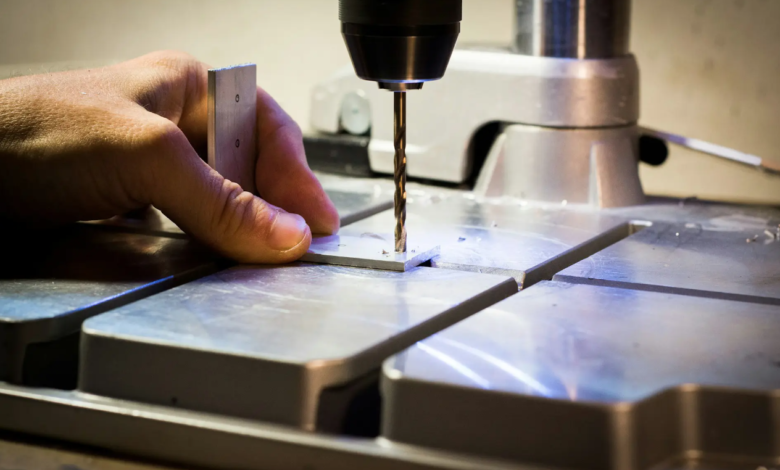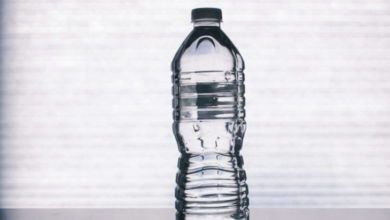From Germany a technique to produce steel from aluminium waste

The Max Planck Institute proposes to produce steel from aluminum waste with the sanitization to hydrogen peroxide
– Aluminium is one of the most common metals in the world, but its production generates a waste called “red mud“, a type of bauxite residue with a high environmental impact. But now it is ready to have a second life: even, according to a study, it would be possible to produce steel from aluminum waste. A team of German metallurgists at the Max Planck Institute has developed a technique for extracting iron from by-products of industry. In an article published in the journal Nature, the group described the process used and its efficiency.
Each year, about 180 million tons of red mud are produced worldwide, filling landfills and other storage sites with a total of 4 billion tons of hazardous material. Red mud is highly alkaline and contains a high concentration of heavy metals.
Past research has shown that this by-product can be used as a building material, but so far only 3% of the waste takes the path of construction. That’s why the group of German researchers sought (and found) a way to reduce the environmental impact of red mud by recovering the iron it contains.
read also Solvolysis optimizes the recycling of carbon fiber composites
The team developed a special chamber where the material undergoes plasma sanitization of hydrogen peroxide for up to 15 minutes. The treatment converts the red mud into a viscous mass at the initial stage. In the following minutes, then, this is reduced to iron liquid and steam. As a final act, the liquid iron is extracted into blood cells.
The question is: yes, but how much does such a procedure cost? Scientists have foreseen it and have reckoned. They say this is an economically sustainable approach on a large scale, although they stress that a pilot plant is needed to verify their projections. In addition, it would be necessary to calculate the costs of treating the fumes that are released in the process. If the balance remains positive, in addition to reducing waste from industrial aluminum production, iron produced from red mud can be used for steel production.





